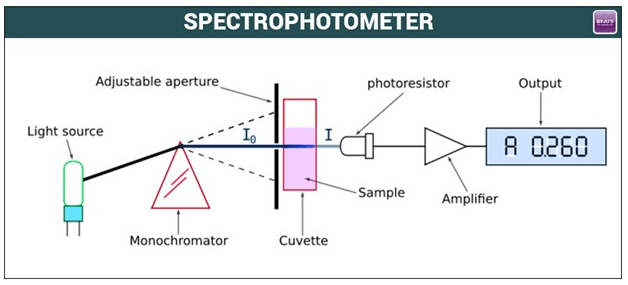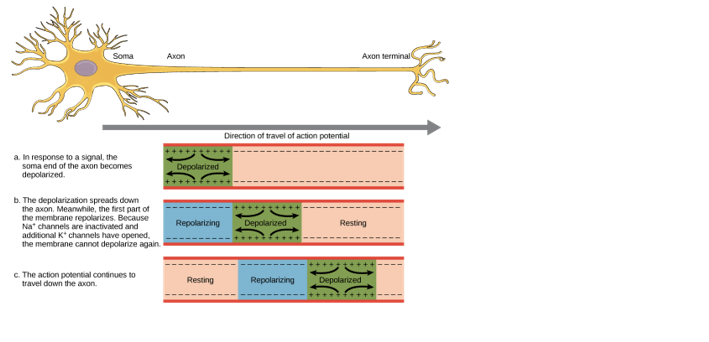Which of the following tools can be used to measure the turbidity of a liquid by measuring the transmission of light through the sample?
A. Centrifuge
B. Spectrophotometer
C. Microdensitometer
D. Electrophorometer
The correct answer is b. Spectrophotometer. A spectrophotometer is a tool that can be used to measure the turbidity of a liquid by measuring the transmission of light through the sample. Turbidity is a measure of the cloudiness or haziness of a liquid caused by the presence of suspended particles. A spectrophotometer measures the amount of light that passes through the sample and compares it to the amount of light that passes through a reference sample to determine the turbidity.
a. A centrifuge is a tool used to separate components of a mixture based on their densities, not to measure
turbidity.
c. A microdensitometer is a tool used to measure the optical density of an image, not to measure turbidity.
d. An electrophorometer is a tool used to separate charged particles based on their size and charge, not to measure turbidity.

Therefore, the Correct Answer is B.




